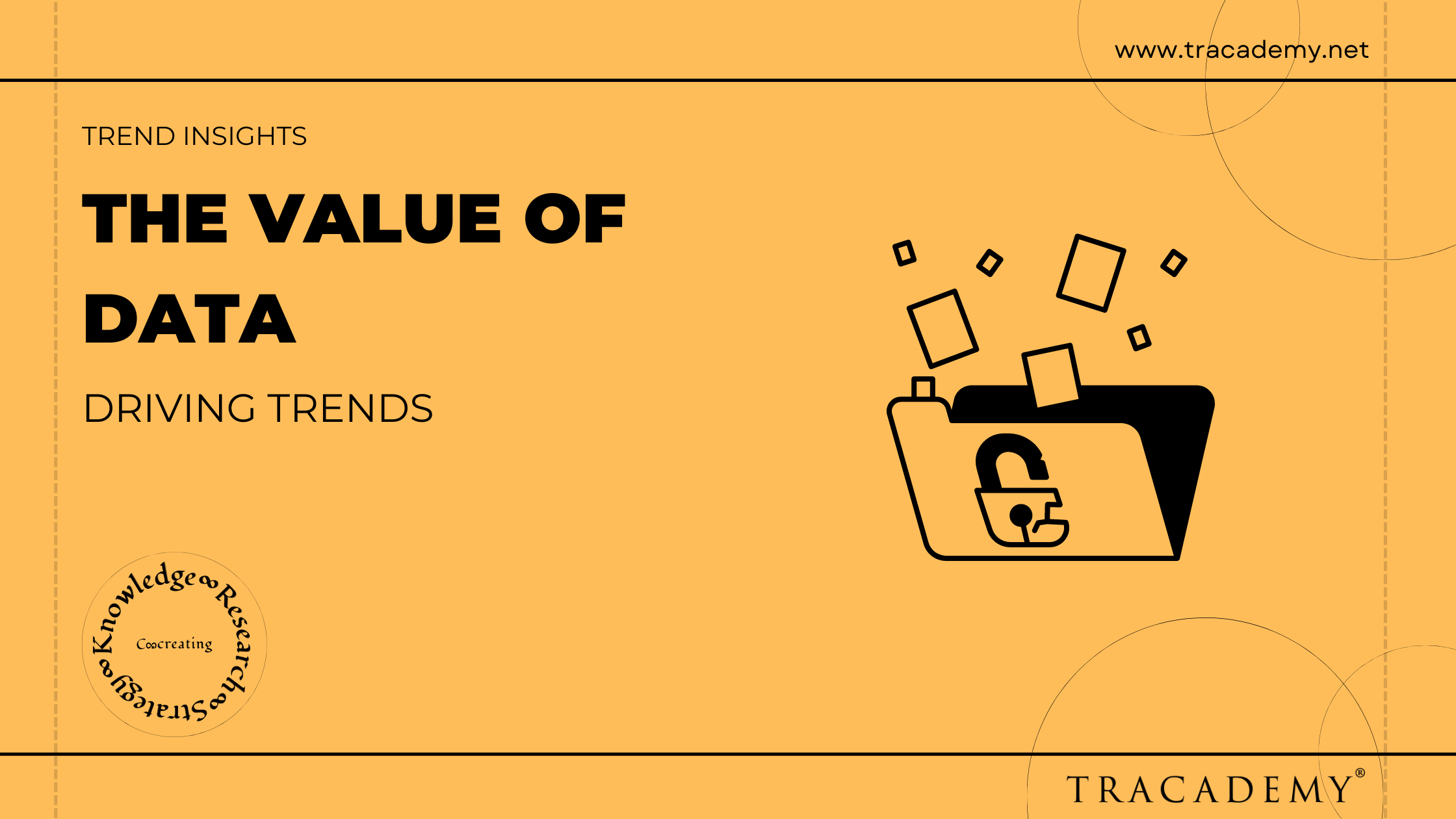The value of data has never been more clear, currently, we are seeing the possibilities of sharing and integrating data across platforms, and users make it available everywhere. The Statista report says there are 4.66 billion internet users worldwide as of 2021, and in 2022 it is 4.95 billion, as per a report from DataReportal. According to Gartner reports, by 2024, data fabric development will quadruple efficiency in data utilization while cutting human-driven data management tasks in half.
The real-time availability of data and its accessibility have increased the need for enhanced security measures. The Facebook security breach issues have triggered more demand for online security and data protection, not only for customers but for business entities too.
In this article, let’s explore the trends that significantly utilize the value of data.
Decision Intelligence
The role of data analytics has simplified the decision-making process. Decisions can be influenced by a multitude of experiences and biases. But in a world of rapid change, organizations must make better decisions faster. Decision Intelligence improves organizational decision-making by modeling decisions through a framework. Fusion teams can manage, evaluate and improve decisions based on learnings and feedback. Integrating data, analytics, and AI allows the creation of a decision intelligence platform to support, augment and automate decisions.
As per Gartner Survey, by 2023, more than a 3rd of large organizations will have analysts practicing decision intelligence, including decision modeling.
Artificial Intelligence Engineering
The growth of Artificial Intelligence and its compatibility with other technologies have paved the way for many multifaceted applications. The incorporation of AI from complex business processes to daily task management seems to be increasing. According to Gartner, by 2025, 10% of enterprises that establish Artificial Intelligence Engineering’s best practices will generate at least 3 times more value from their efforts than the 90% of the enterprises that do not.
The incorporation of Artificial Intelligence to manage data, called Generative Artificial Intelligence, learns a digital representation of artifacts from sample data and uses it to generate new, original, realistic artifacts that retain a likeness to the training data but don’t repeat it. By 2023, Generative Artificial Intelligence will account for 10% of data produced compared to what it produces today i.e., 1%. Generative Artificial Intelligence will function as an engine of rapid innovation for enterprises.
Cloud-Native Platforms
The data delivery will be faster to value with Cloud-native platforms that use the core elasticity and scalability of cloud computing. According to Gartner’s report, the cloud-native apps that serve around 40% of new digital initiatives, currently, will be risen to 95% by 2025. The reason behind this is that these platforms will reduce dependencies on infrastructure and frees up time to focus on application functionality instead.
Composable applications will be reaching a new height, as they are made up of packaged business capabilities or software-defined objects. They will reduce the creation time for fusion teams that lacks coding skills. The design mantra for new SaaS and custom applications will be composable API first or API only by 2024, rendering the traditional SaaS and other applications as legacies.
Privacy Enhanced Computation
The real value of data exists in how it is used for analytics, modeling, insight generation, and combination with artificial intelligence systems. The use of data also generates concerns over privacy and security. Privacy Enhanced Computation allows data to be shared across ecosystems, creating value by preserving privacy. The approaches include encrypting, splitting, or preprocessing sensitive data without compromising confidentiality. By 2025, 60% of large organizations will use one or more privacy-enhanced computation techniques in analytics, business intelligence, and cloud computing.
A Cyber Security Mesh architecture will provide a composable approach to secure the data, based on identity to create scalable and interoperable services. The common integrated structure will secure all assets. According to Gartner, organizations that adopt privacy-enhanced computing along with cyber security mesh as a co-operating ecosystem will reduce the financial impact of individual security incidents by an average of 90%.
Distributed Enterprises with Total-Experiences
The value of data will bring about distributed enterprise architecture that is a virtual first and remote first approach to digitize consumer touchpoints and build out experiences to support products. Organizations that exploit this architecture approach will realize revenue growth 25% faster than before by providing total experiences to their customer. The total experience is the unification of customer experience, user experience, employee experience, and multi-experience. According to Gartner, by 2026, 60% of large organizations will transform their business models to the total experience, to achieve world-class customer and employee advocacy levels. The goal is to bring a more holistic overall experience for all customers and stakeholders.
Hyper-automation and Autonomic Systems
Post pandemic, we have seen the uprising of the automated system, and businesses eagerly adopting automated solutions with the added advantage to function remotely. It has changed into a business-driven approach to identify, vet, and automate as many business processes using multiple tools like Process mining tools, RPH, and low-code to no-code. By 2024, this trend will evolve into a hyper-automation system that will drive the total cost of ownership 40 folds and make adaptive governance a differentiating factor in corporate performance.
Autonomic Systems are self-managing systems that learn from their environments and dynamically modify their algorithms with less requirement for software updates. With these systems in place, businesses can ensure rapid responses to change and effectively manage complex environments with ease. Ericsson uses its autonomic system to manage thousands of cellular phone masts in complex environments. The system uses reinforcement learning and digital twins to dynamically optimize 5G network performance. By 2024, 20% of organizations selling autonomic systems or devices will require customers to waive indemnity provisions related to the learned behavior of their products.
Reference: Gartner Top Strategic Technology Trends for 2022 Salesforce Small and Medium Business Trends Report 2022 Solactive future trends report 2022 Predicts 2022: No Time to Look Back — A Gartner Trend Insight Report

